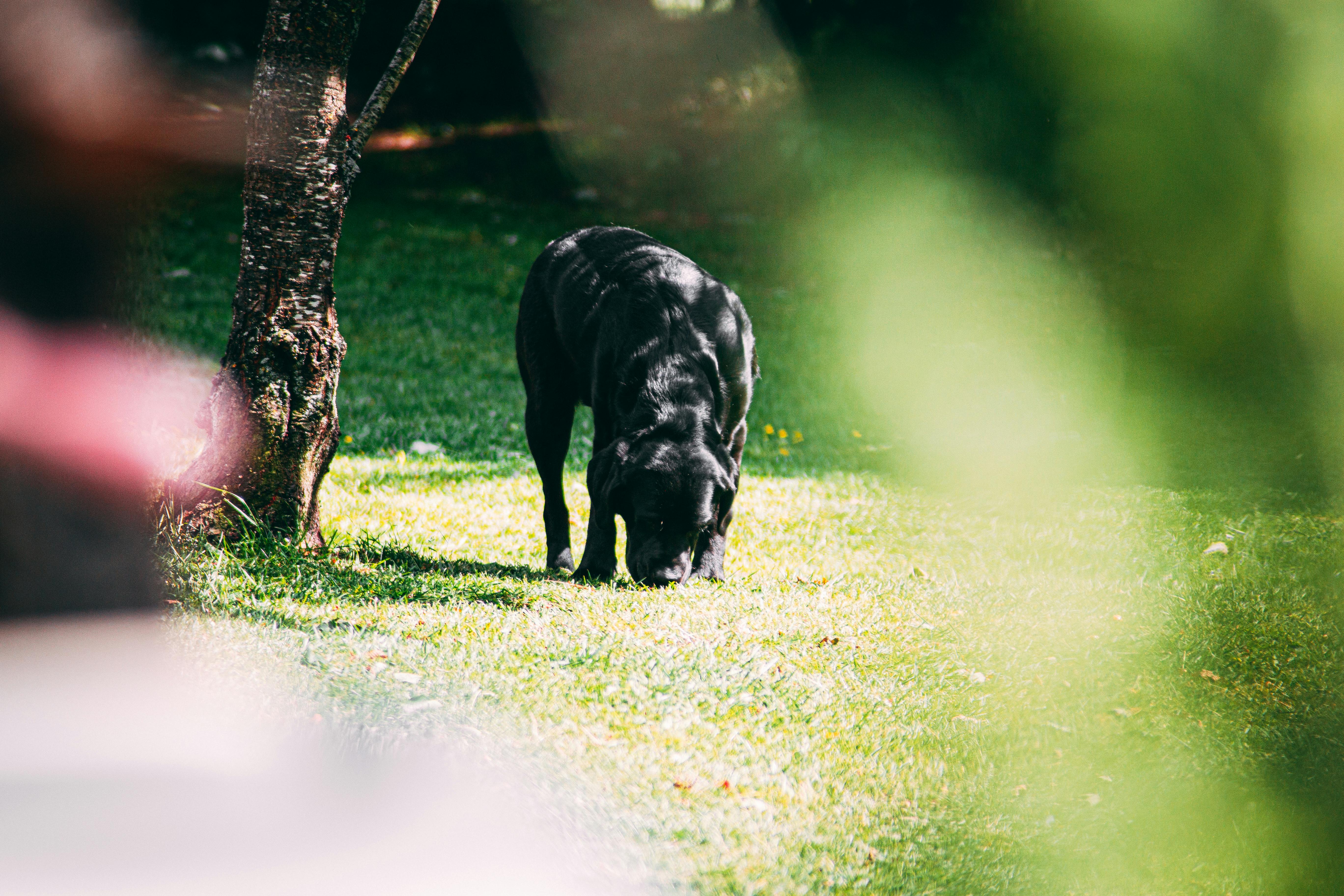The word taxidermy comes from two Greek words “Taxi” which means to move and “Derma” which means skin. So, taxidermy is the art of moving the skin or adjusting the skin to make it look like the animal when it was alive.
Taxidermy dates back to the beginning of man. Save trophies or parts of the animals they hunted to remember their trophy, this has always been important to man. Conservation methods were crude and included sticks and clay.
The Egyptians mummified their pets when they died. This was a form of taxidermy. Many mummies of these pets were found along with those believed to be the owners of the animals.
During the Middle Ages, taxidermy began to look more like the taxidermy we know today. Conservation methods have improved a lot. The birds were often stuffed with various foreign materials, but the preservation of the skin was greatly improved.
There is a mounted rhino in a museum in Italy that is said to be the oldest mount in the history of taxidermy. The mount is believed to date from the 16th century. The conservation was of such quality that it has lasted until now in excellent shape.
Records show that Pierre Belon, a naturalist, is the first person to have written a book on how to do taxidermy. This book was written in 1555. More instructions on this subject were written during the 17th century. Conservation methods have changed considerably since these books were written.
During the Victorian era, taxidermy became very popular. People would like to keep souvenirs of their travels. This often included the mounting of an animal or bird. Museums began to do a lot of taxidermy and use mounts in their exhibits. The art of specialized taxidermy began around this time. This niche of taxidermy uses animals in poses that humans would do instead of the animals. There is a very famous piece that was mounted by Walter Potter. In this montage, the kittens are posed as if they are at a tea party drinking tea and mice.
In the 1800s, hunters began taking their kill to upholstery stores and “stuffing” it with cotton and rags. This is where the word “stuffing” originated. Now the proper word to use would be “mounted” or “mount”.
Some taxidermists at this time used the actual skull to mount shoulder mounts. They would use a wooden frame and place the skull on it and wrap the neck area with various straw-like materials and ropes to form this area. This method lasted until the 1940s, after this point taxidermists began making their own forms by making a plaster cast and using thick paper and mache to make their forms.
In the 1970s, taxidermists began using polyurethane foam to make their forms, and this method is still used today.
Today taxidermy is an art form. Today’s mounts look just like the real thing and are quite amazing.
